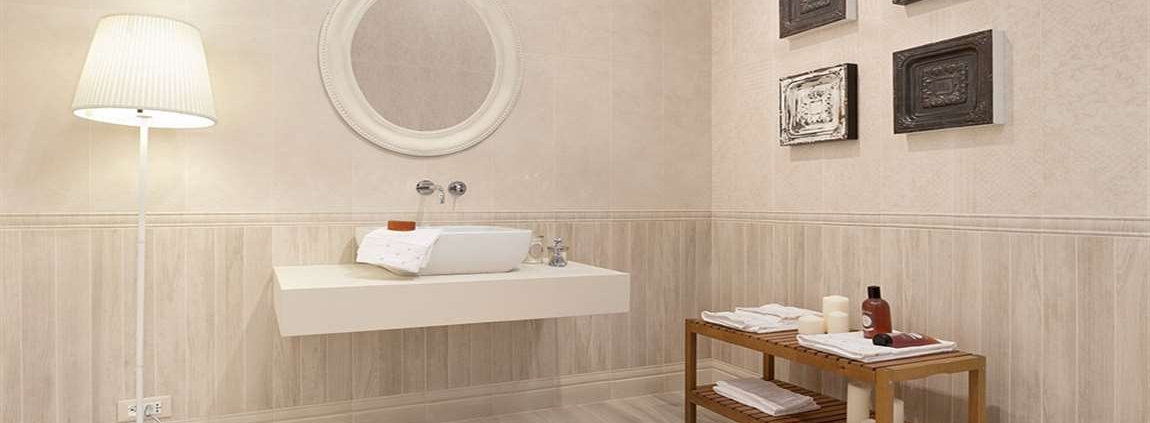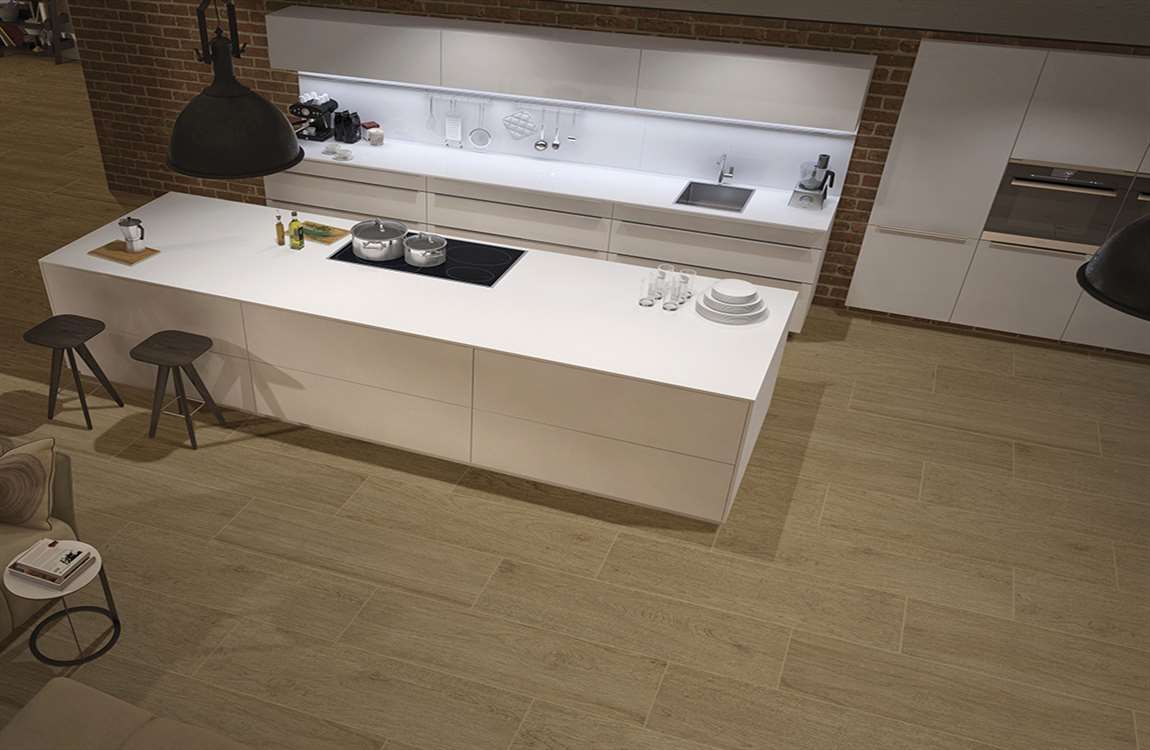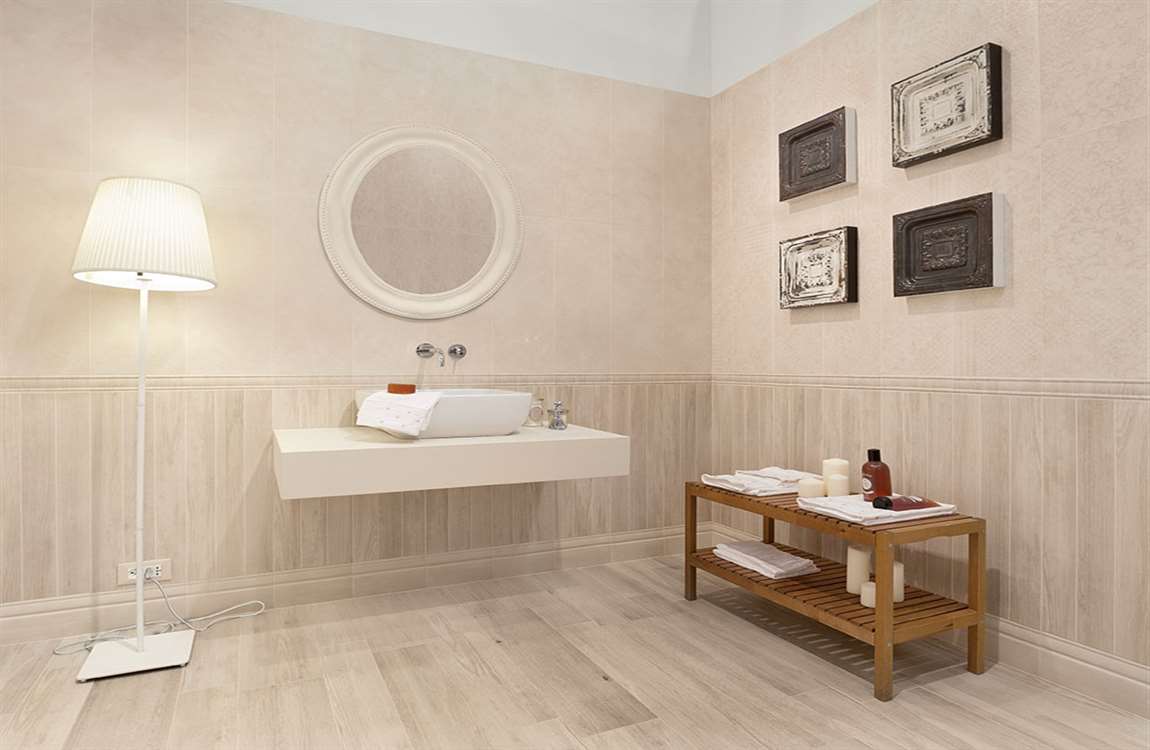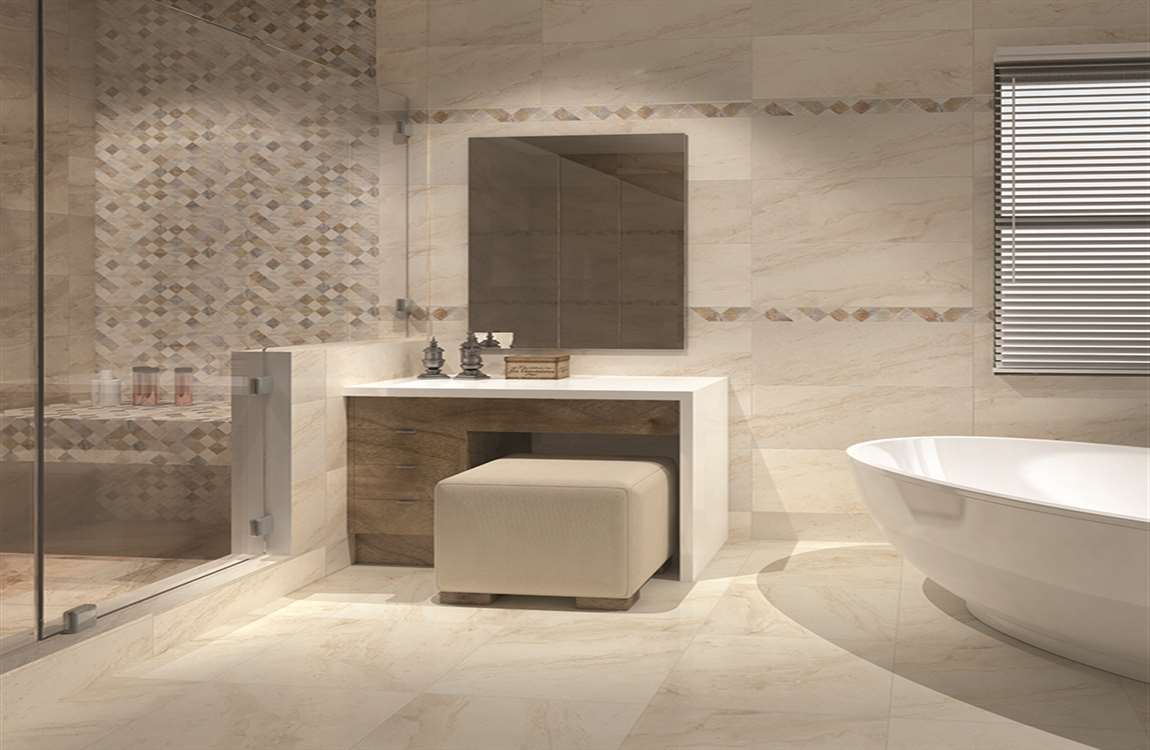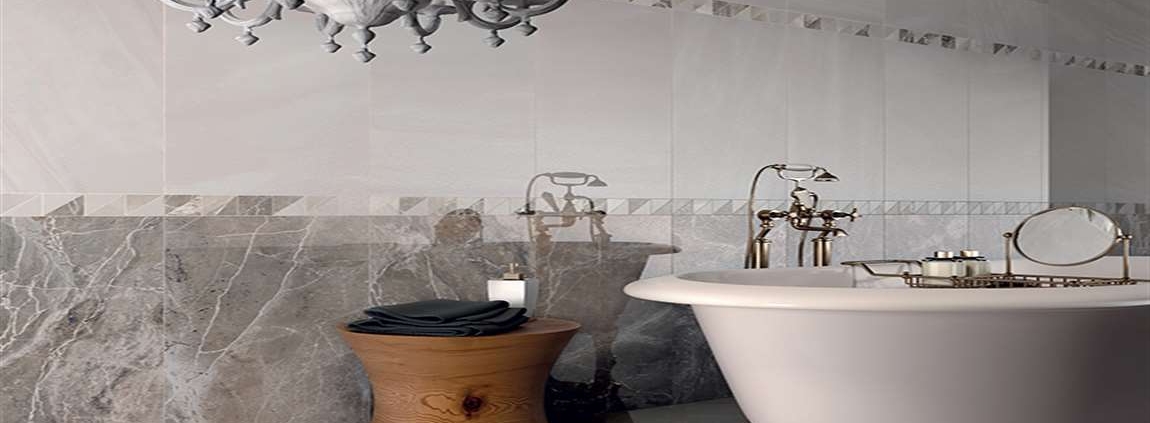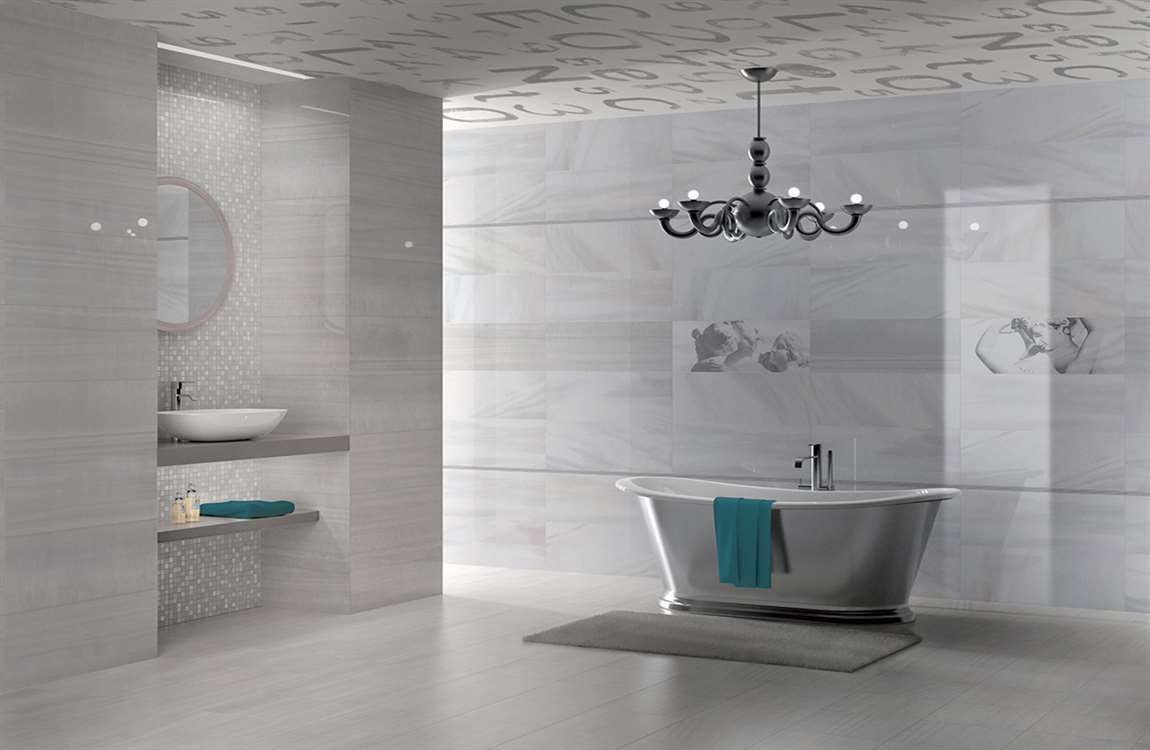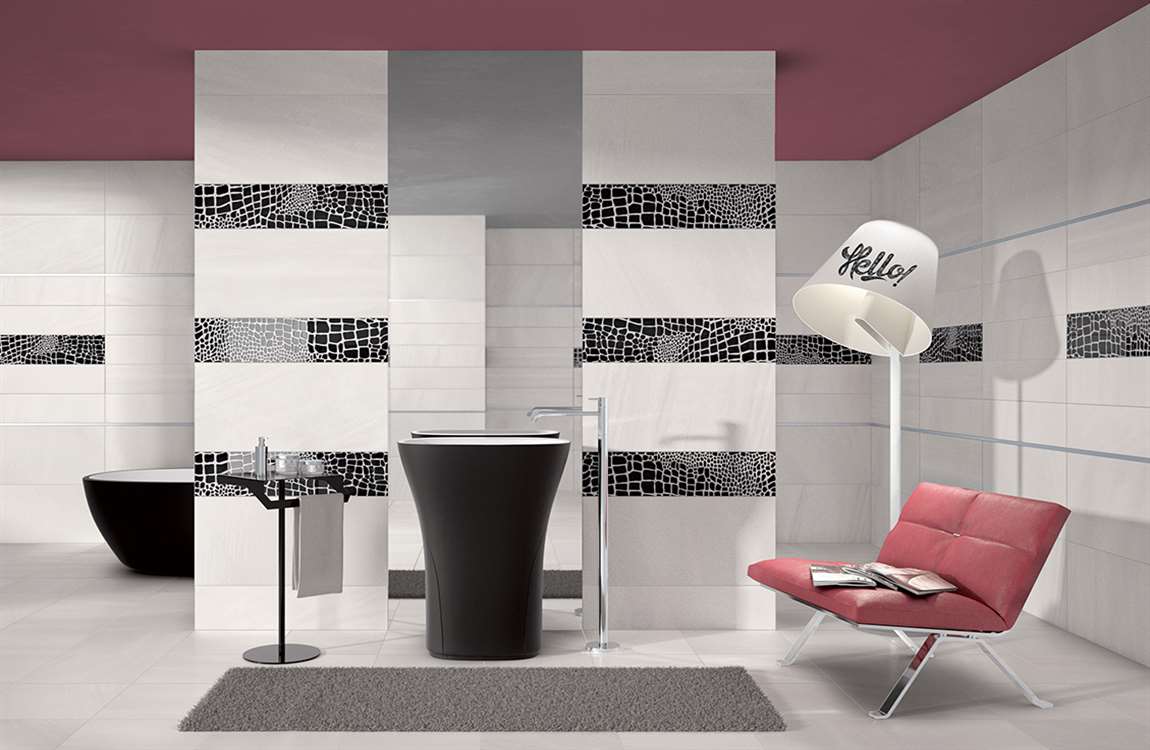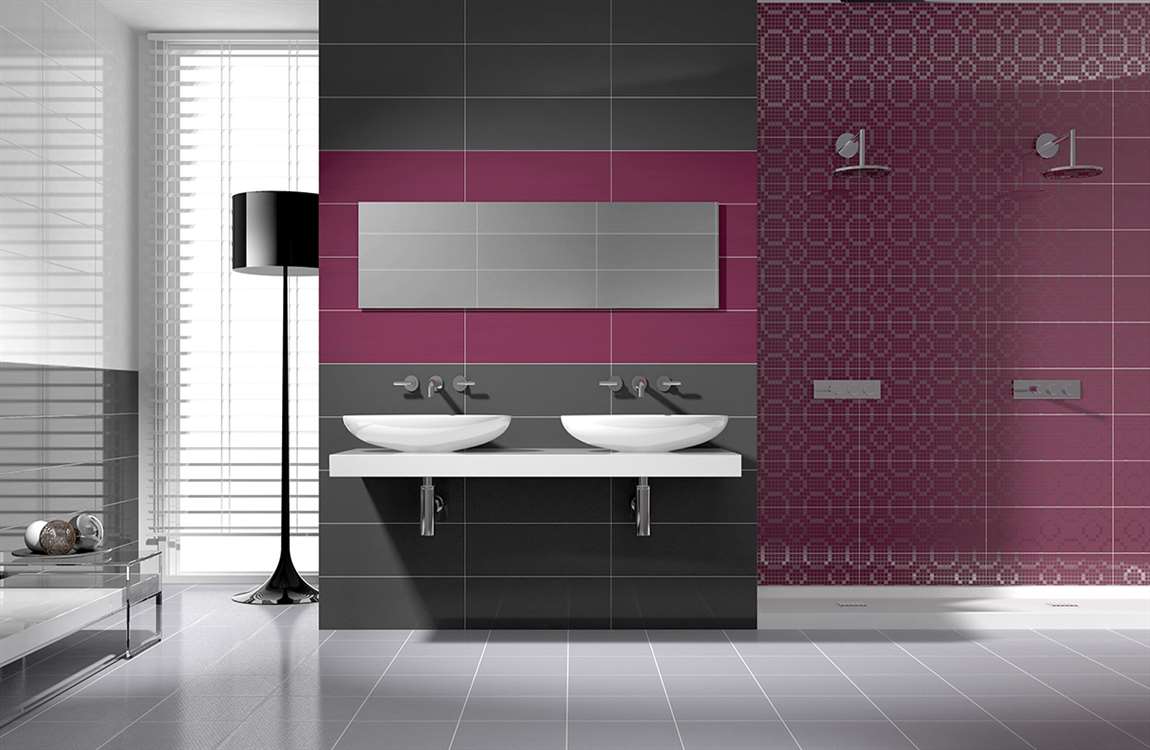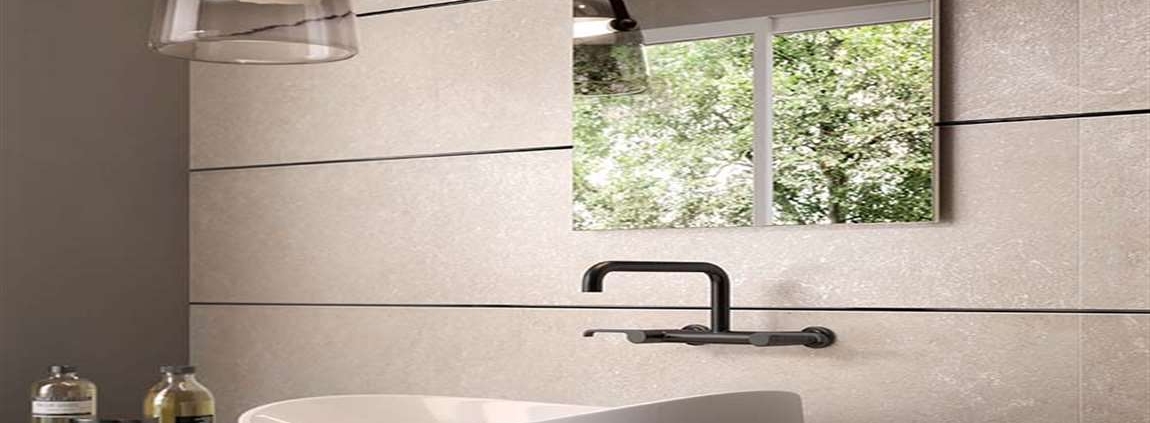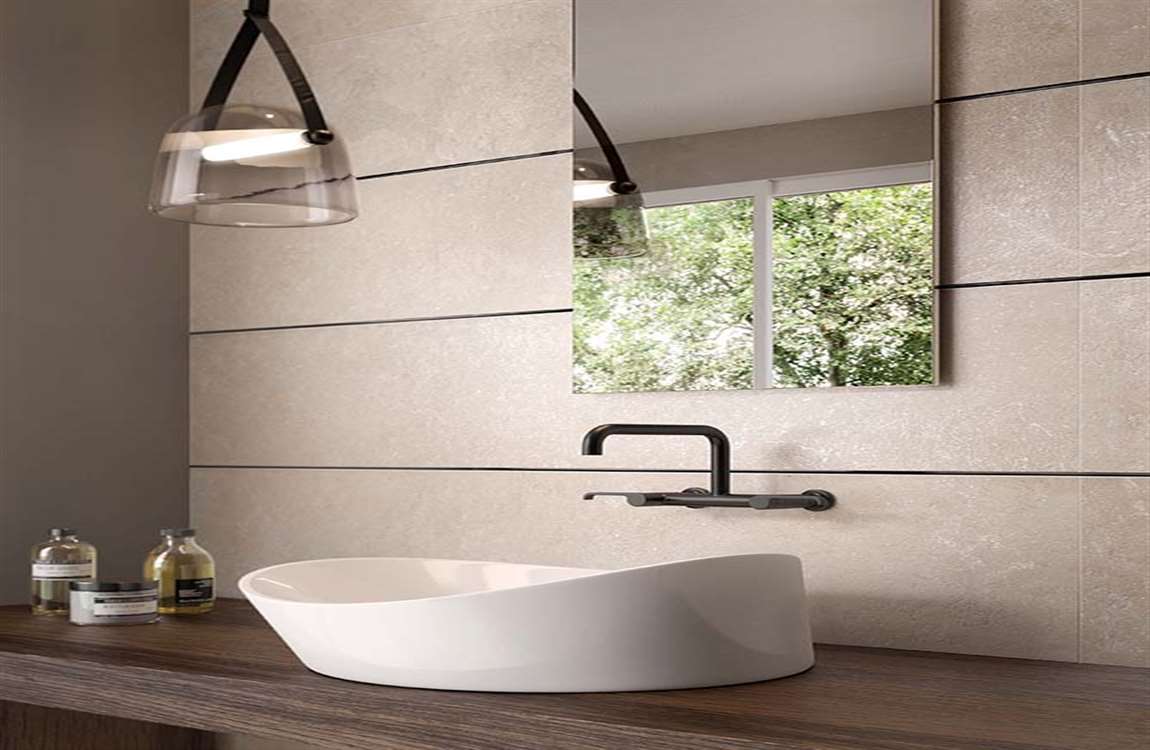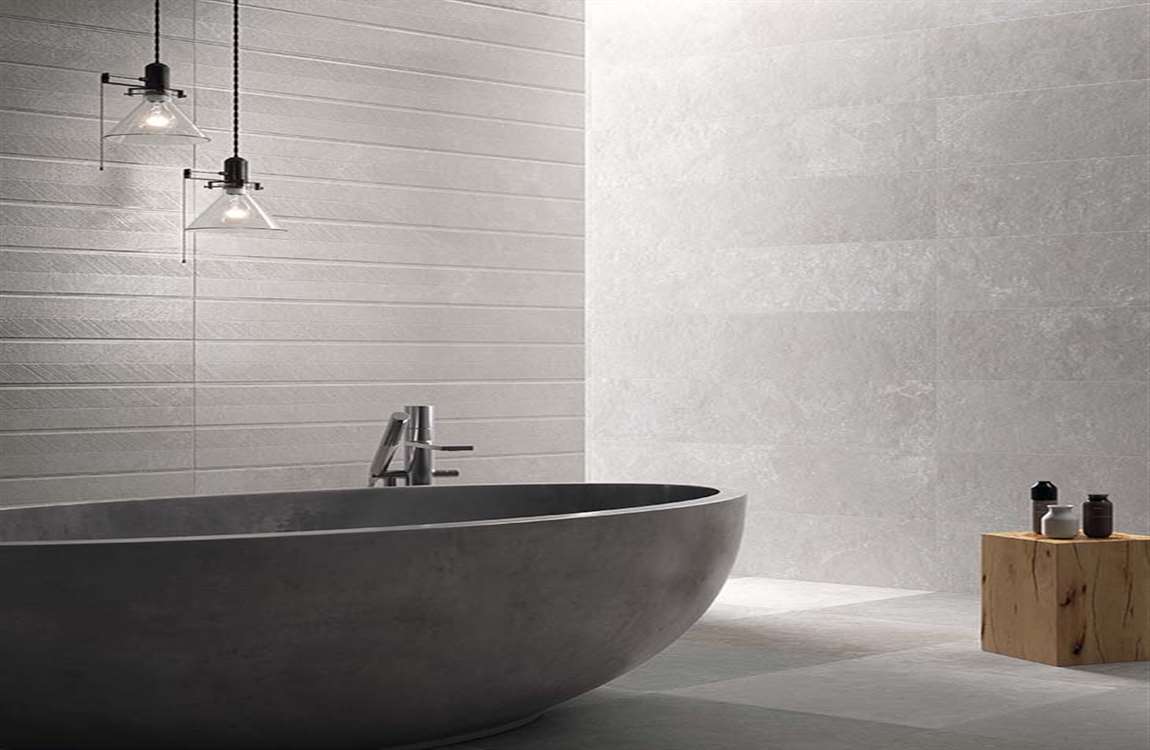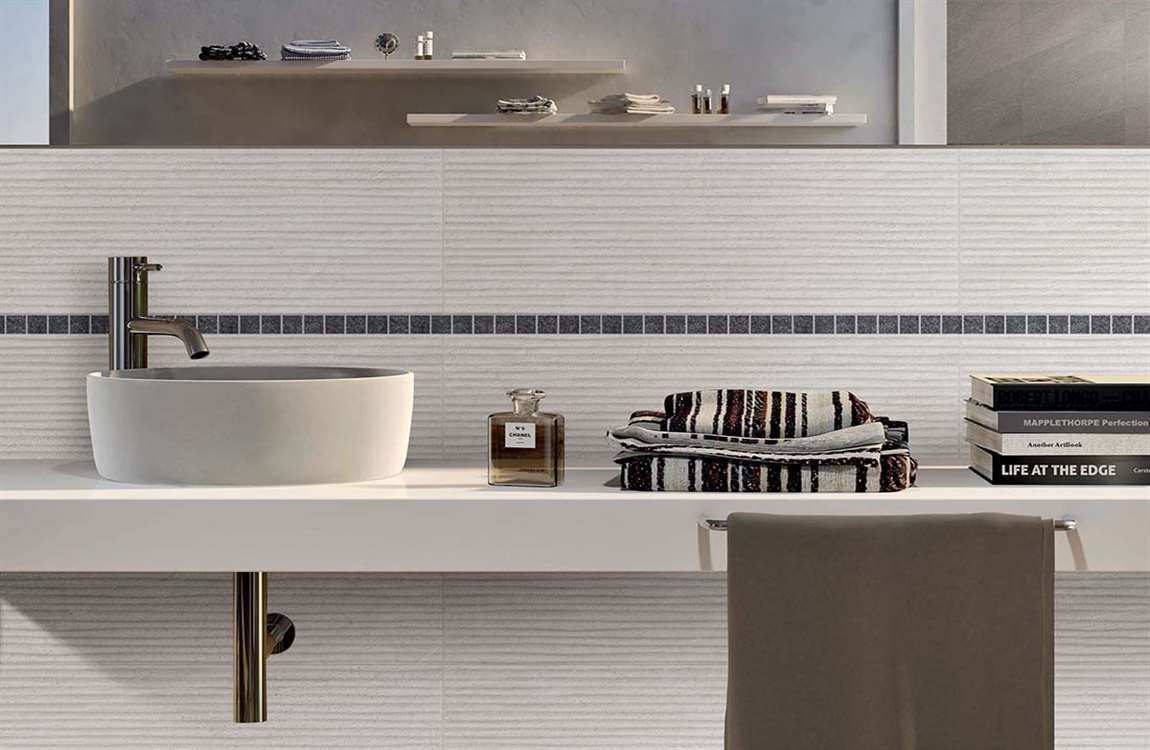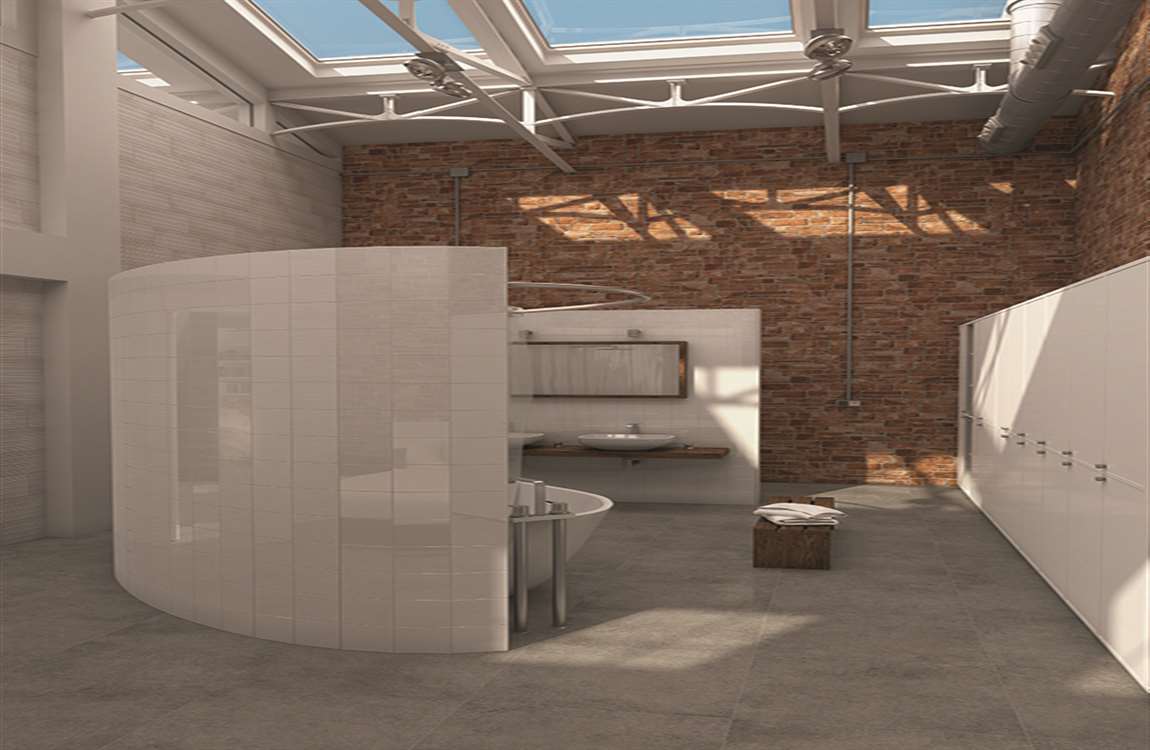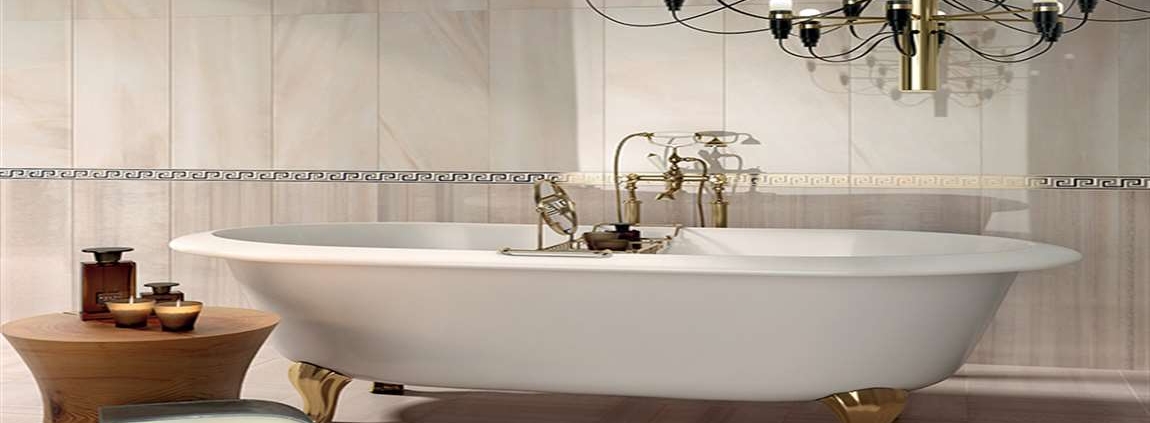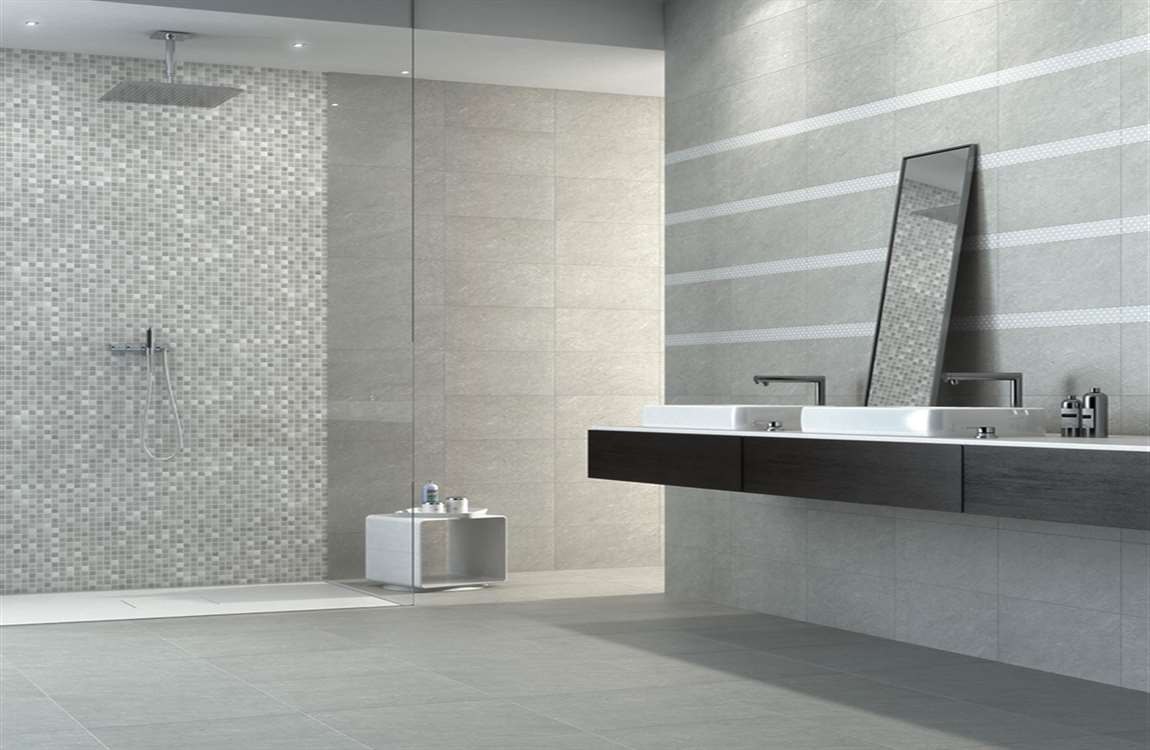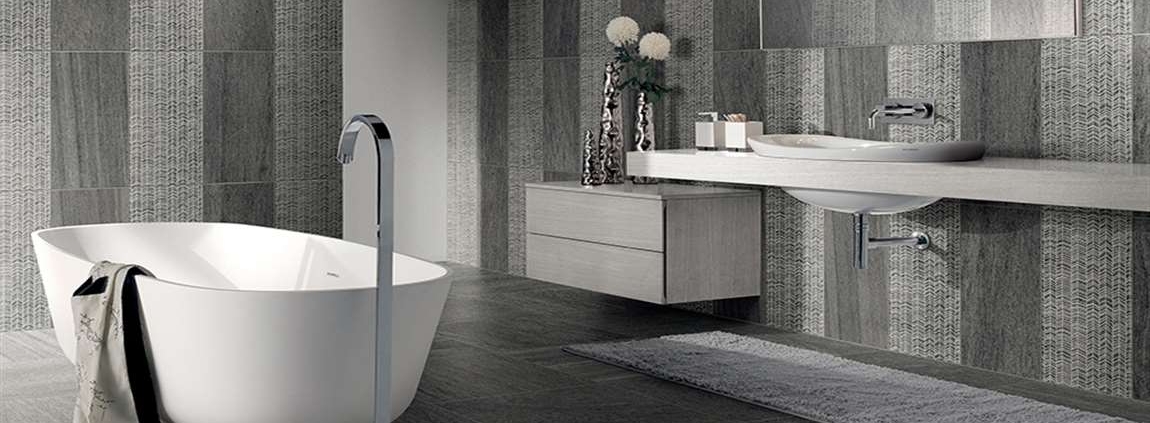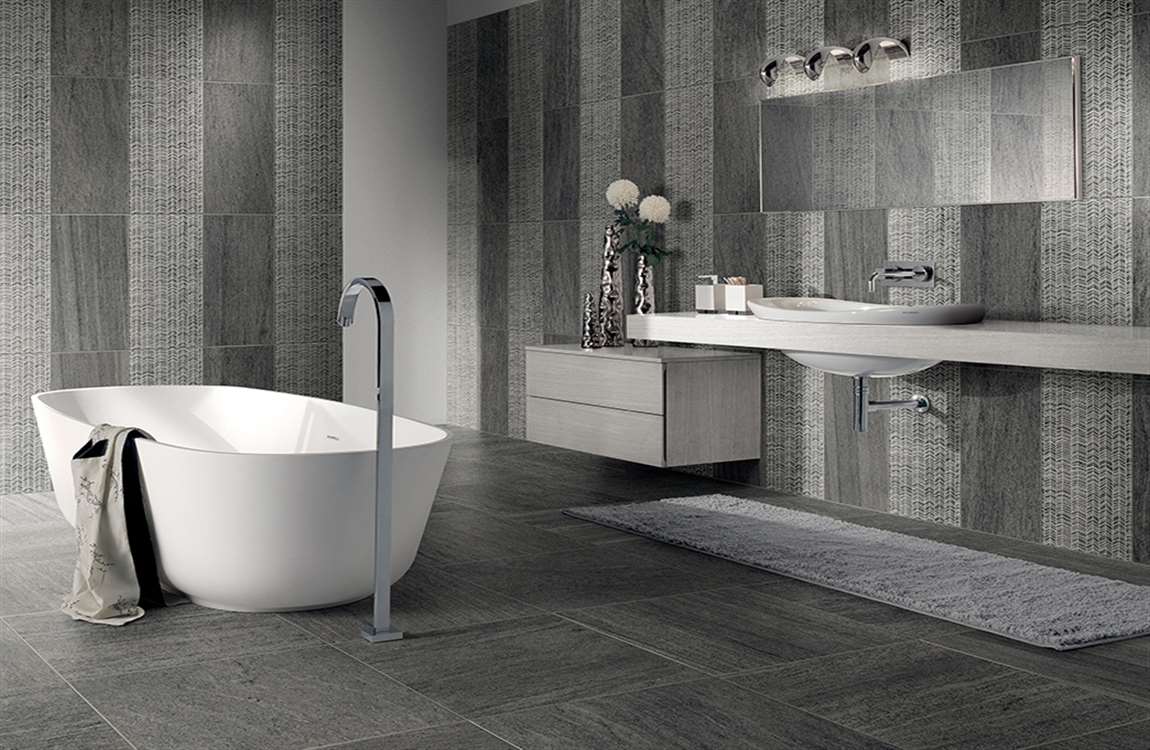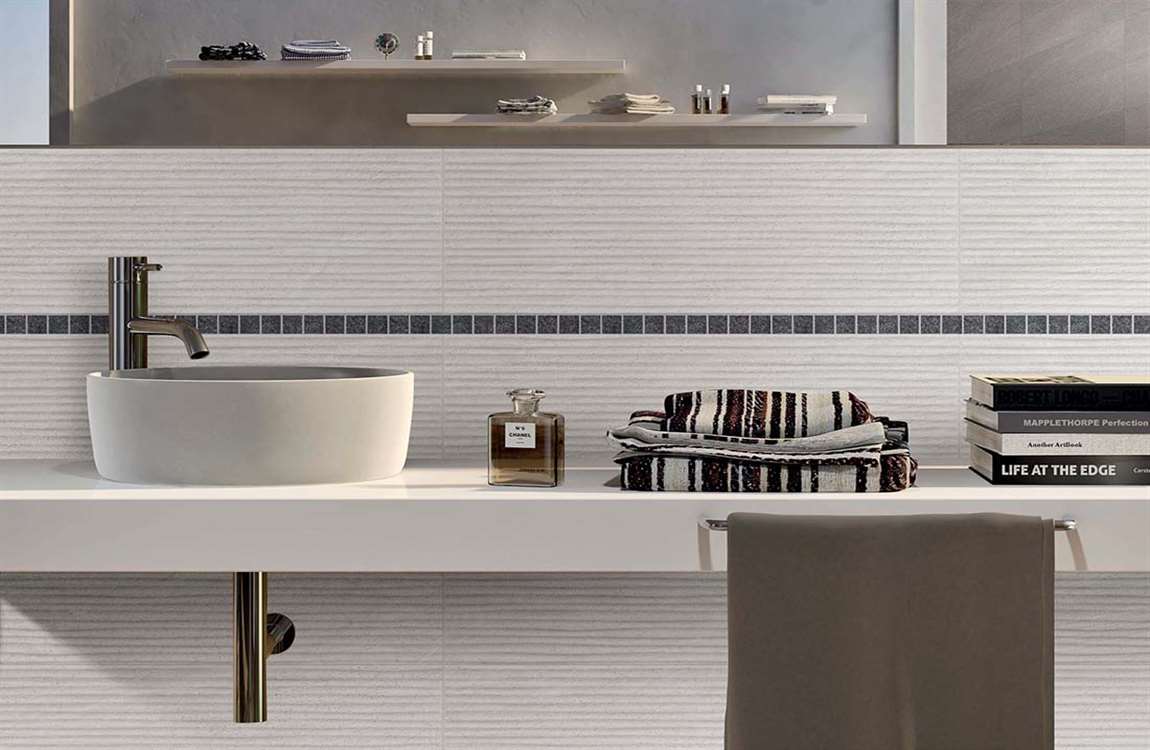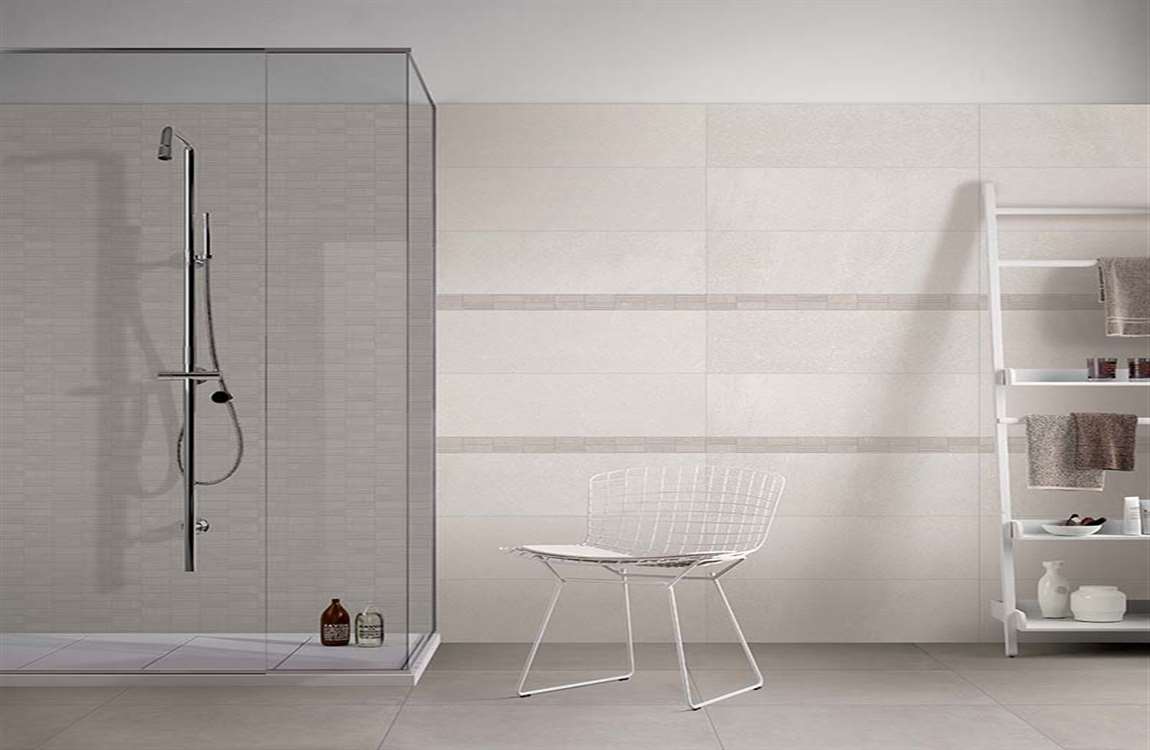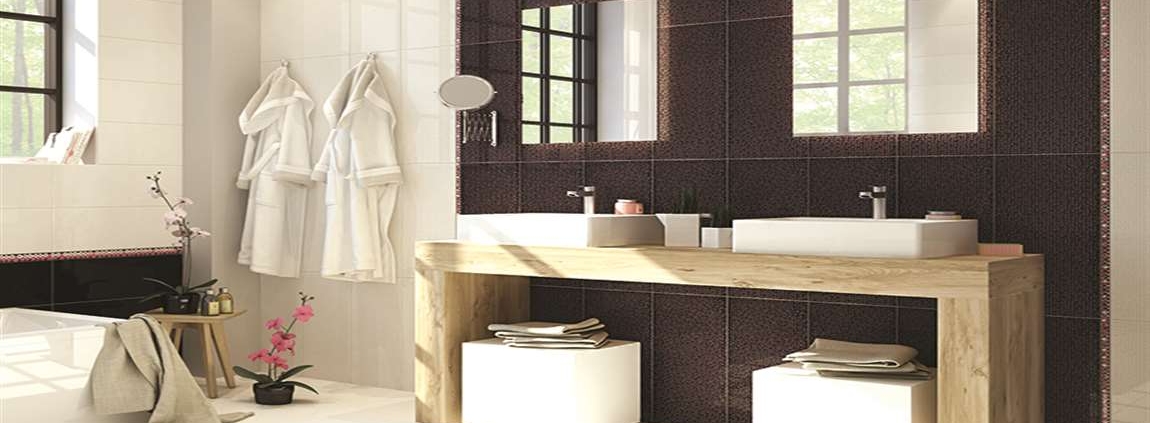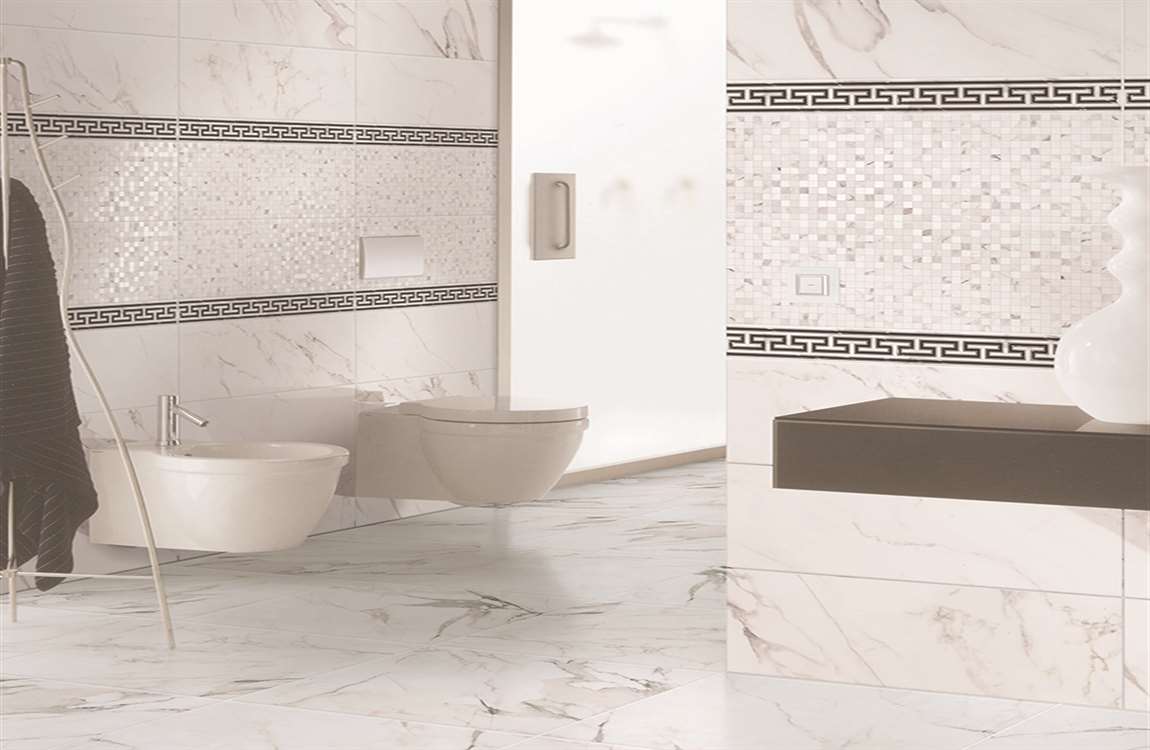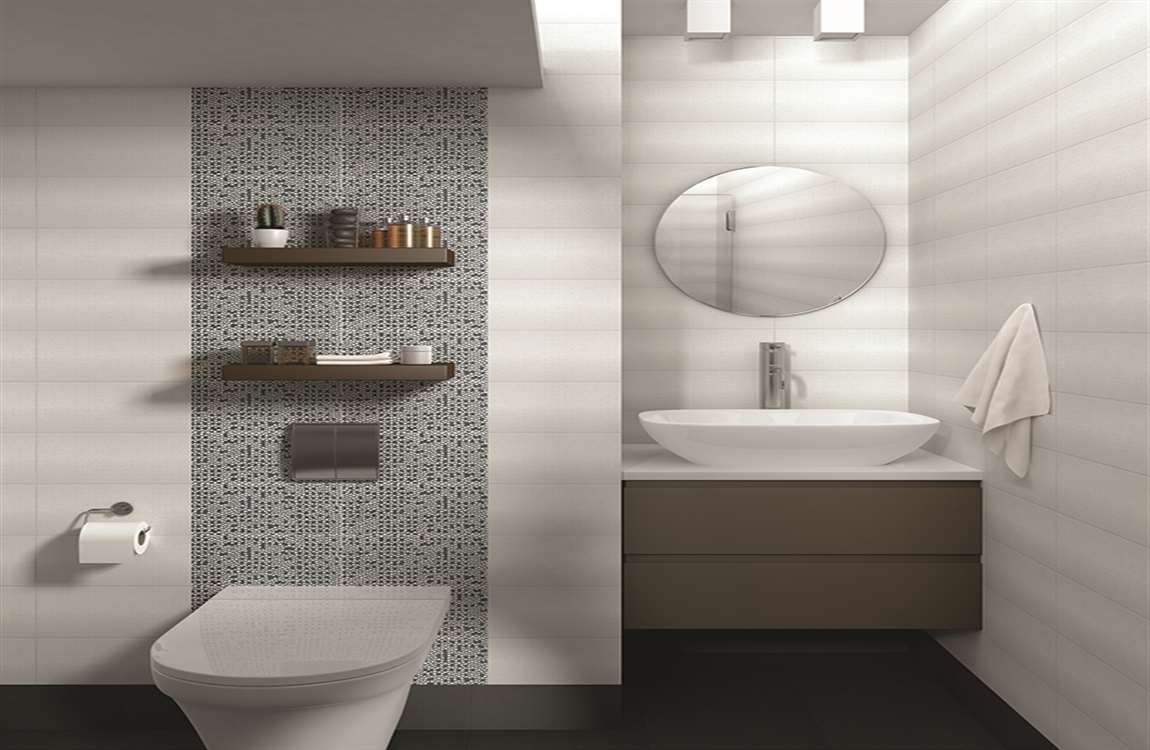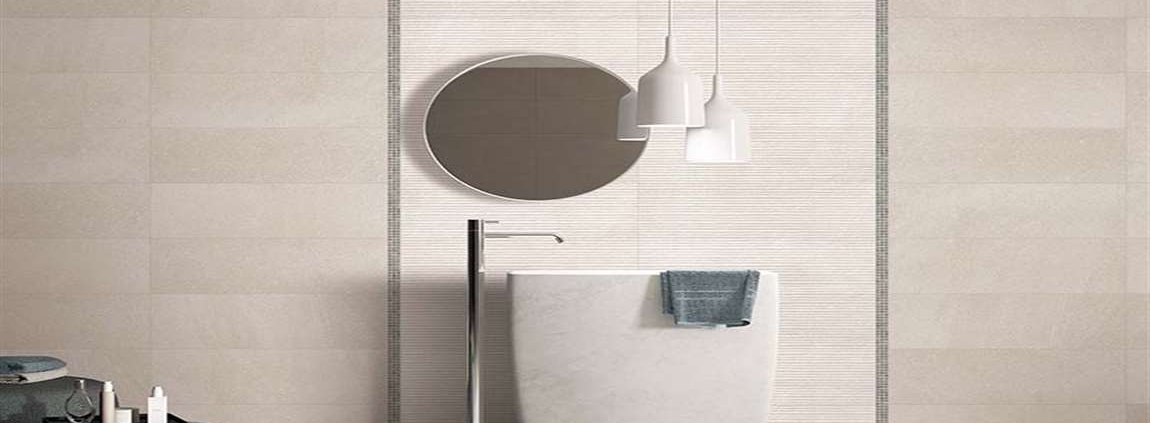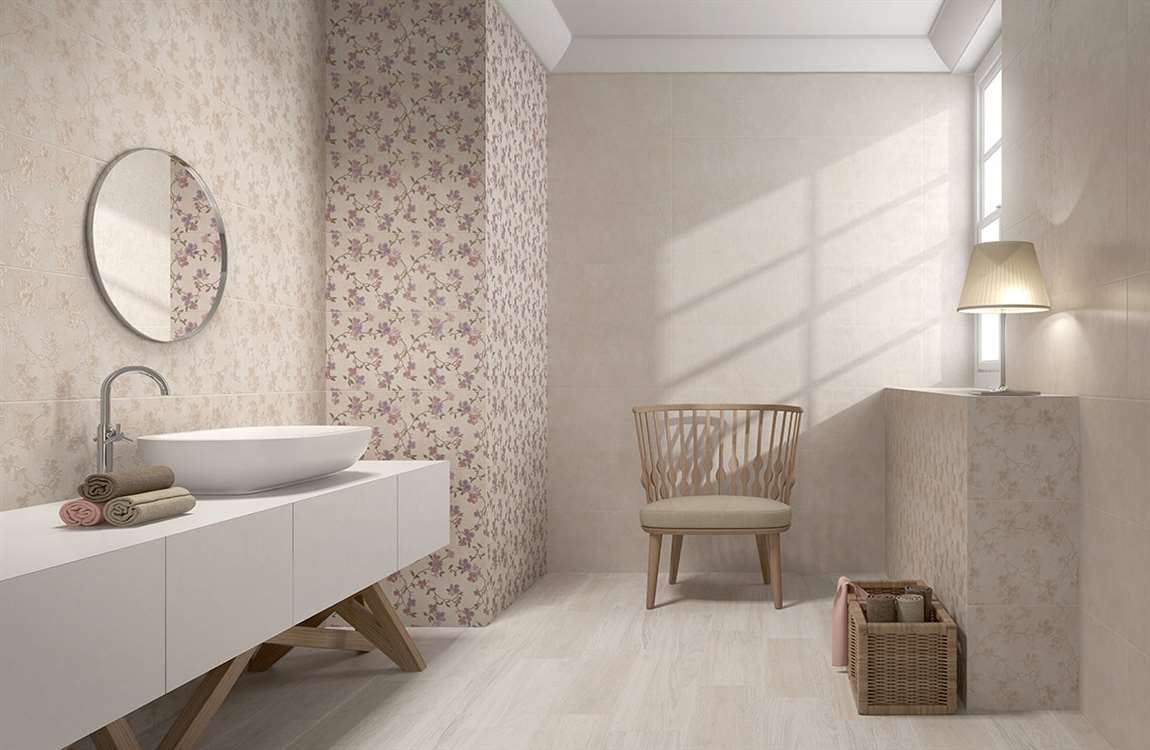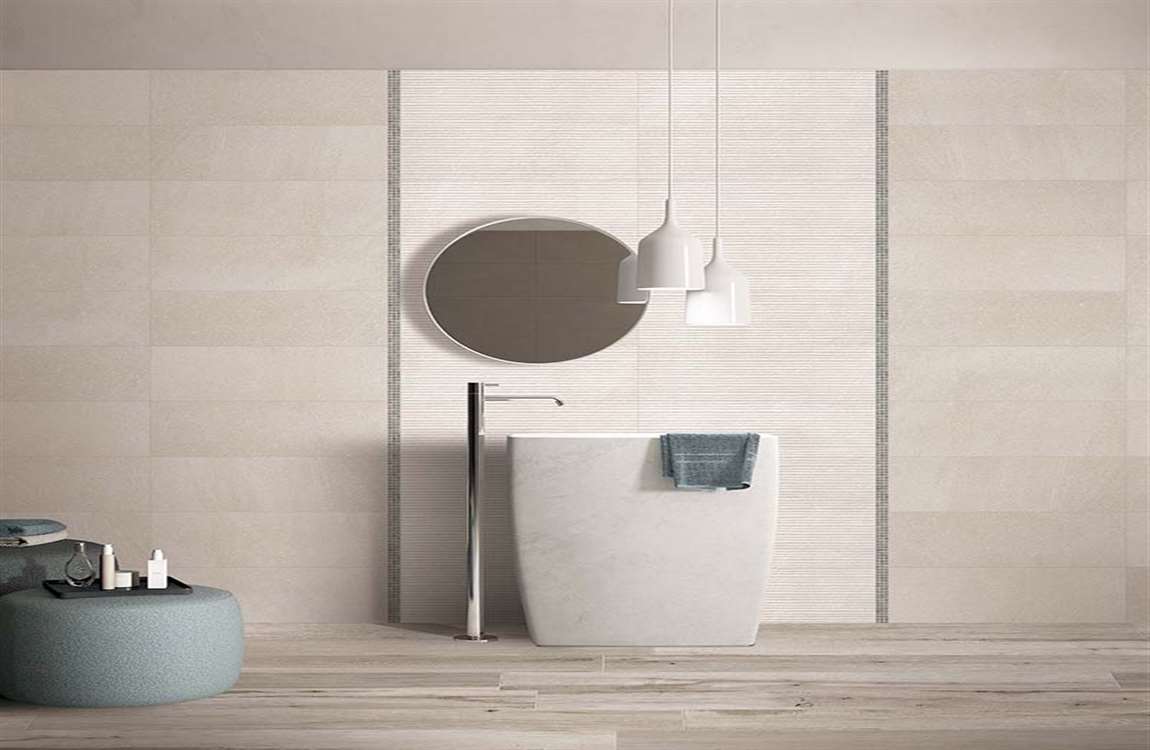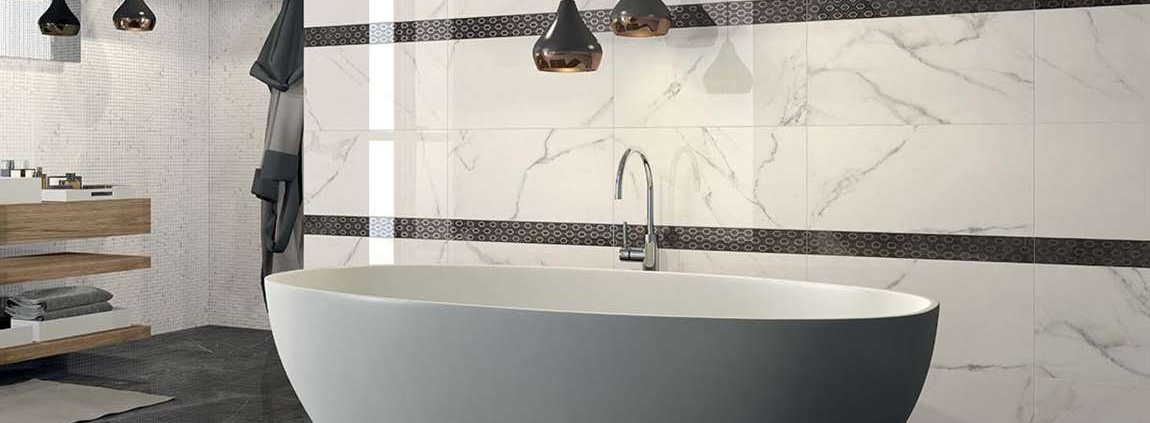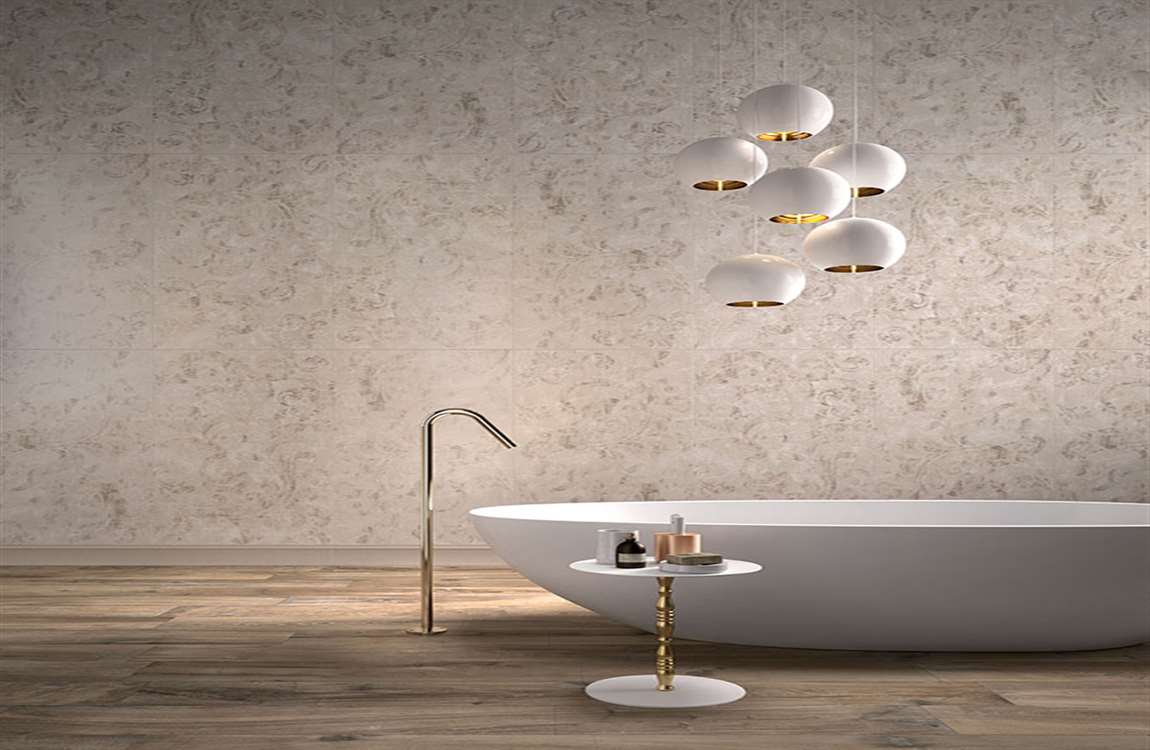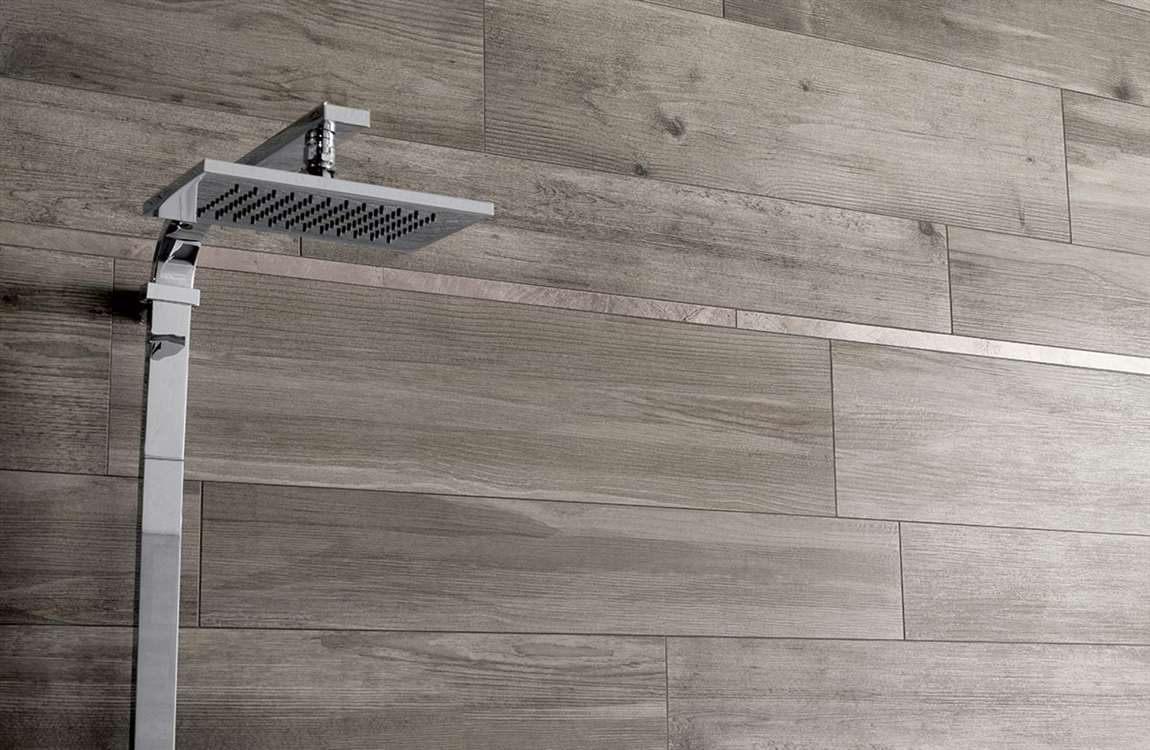How Removing Stains from an Acrylic Bathtub?

Avoid abrasive chemical cleaners. When cleaning an acrylic bathtub, stay away from harsh astringent powders such as Comet and Ajax, as well as harsh chemicals like bleach. Acrylic is a soft material and is therefore easily damaged. These types of products are almost guaranteed to ruin your tub’s finish. It’s generally a good idea to start with the gentlest cleaning solution available to you and work your way up to more powerful options if that doesn’t work.
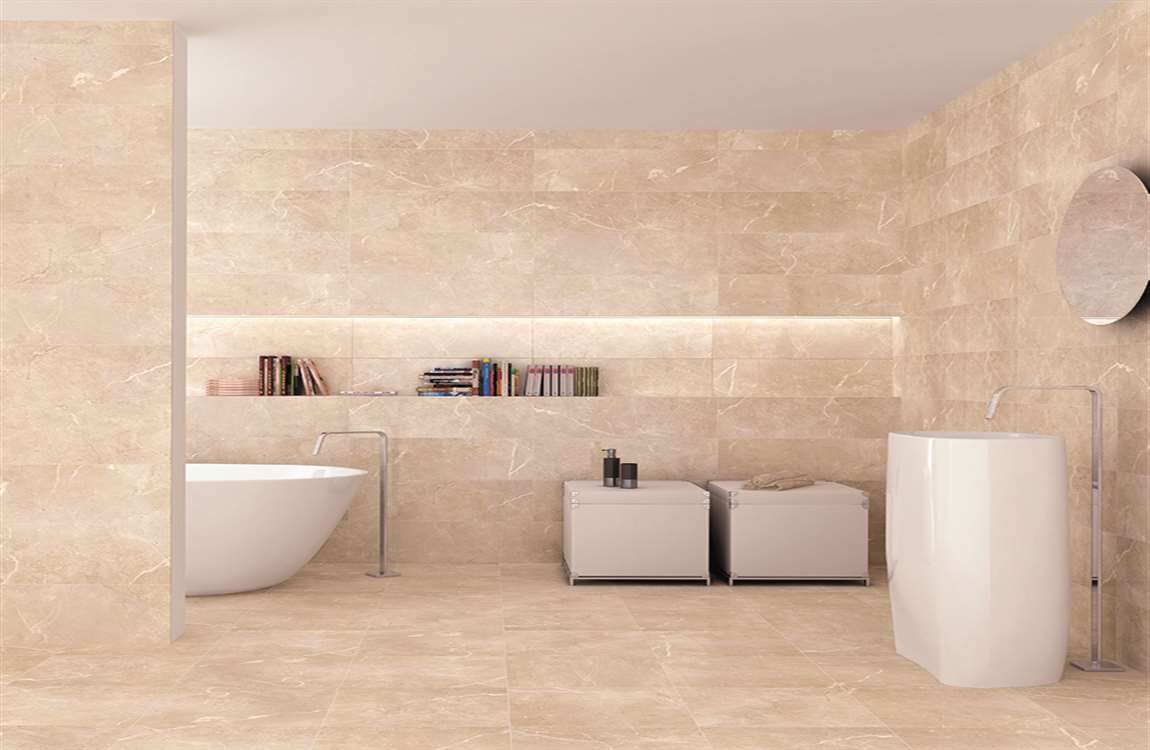
Spray the stains with vinegar. Distilled white vinegar makes an excellent natural cleaning solution, especially on smooth surfaces like acrylic that release stains easily. Fill a spray bottle with vinegar and keep it on hand for routine bathroom cleaning tasks. Apply the vinegar liberally to completely cover the affected area. Lemon juice makes a fine alternative to vinegar if you happen to have some in the refrigerator.

Allow the vinegar to sit for 10-20 minutes. As it sits, the acidity in the vinegar will break down mold, grime and discoloration so that they can wiped away with ease. You may even see stains begin to dissolve and run off on their own, before you even begin scrubbing. Make sure you give the vinegar ample time to begin working. For especially troublesome spots, sprinkle a little baking soda onto the vinegar as it soaks.


